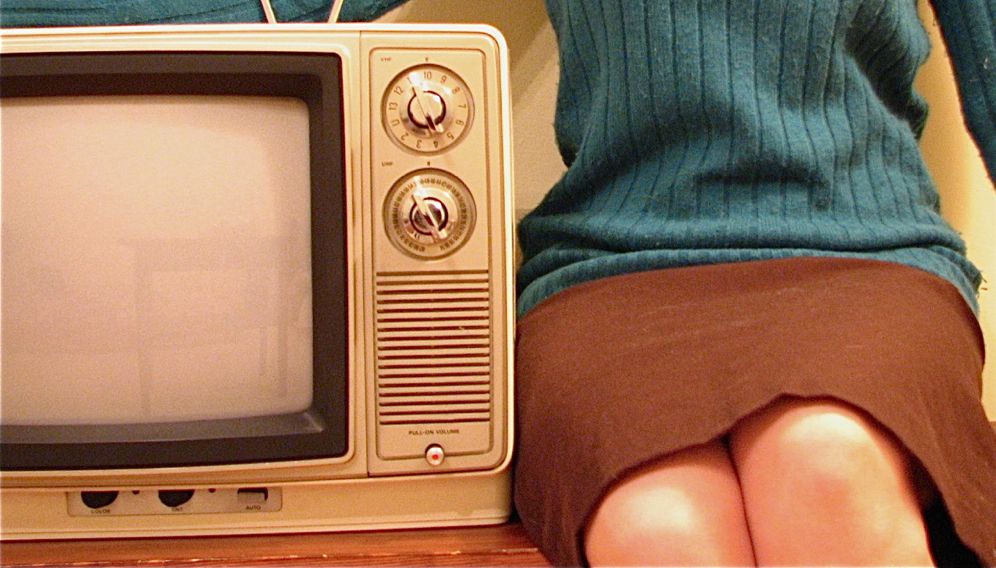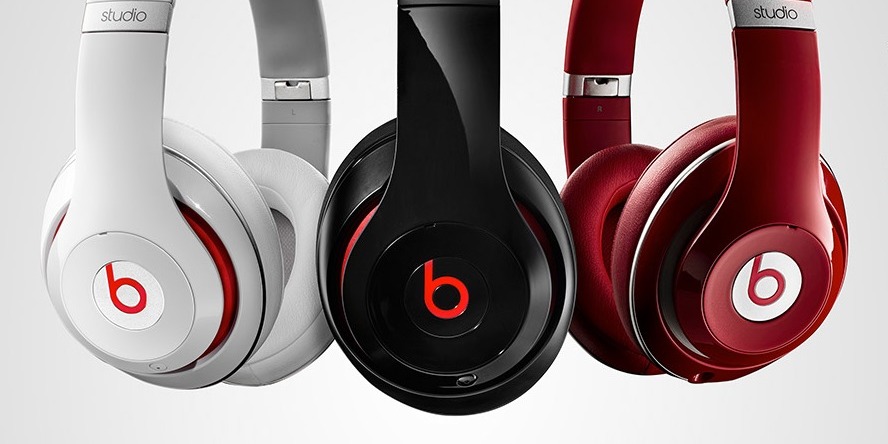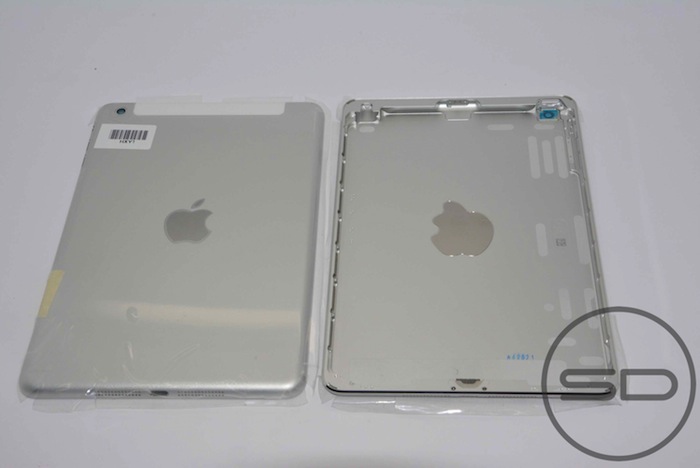
I spend a lot of money on Apple products, I’m fully invested in the ecosystem. Apple has pulled a lot of profit out of me in the last 10 years, but there is one little device that pays me back: Apple TV.
Apple TV is the little black puck that gets no respect, no regard either. At last week’s keynote, the Apple TV, despite a wealth of pre-game prognostication, received no update whatsoever, not even a mention. Although Apple insiders like MG Siegler, had downplayed the prospects of a new hardware release, it seemed likely that something would happen with the Apple TV.
Nope. Nothing.
There is a perception out there that Apple products are often overpriced for the value they provide. However, when it comes to the Apple TV, I can’t help but think the thing is underpriced. I get so much value from my Apple TV that I managed to convince my parents to buy three of them. Of course to make the most of an Apple TV you have to have a strong Apple presence in your home already, so perhaps the perceived value I find is simply made up in the margins of the other devices I own. In that sense, Apple TV is still very much a complementary device to the iOS/OSX ecosystem, as opposed to a stand-alone platform, which I suppose justifies Apple’s underwhelming support for it.
It seems like Apple TV is Apple’s trojan horse for the living room — a small, cheap innocuous device that provides a glimpse of what’s to come. OK wait, that makes it the exact opposite of the real Trojan Horse which was ostentatiously large, but you get the idea. Some people are pessimistic on the future of Apple TV, but in my view it’s a major platform still to be conquered. As much as our tablets and smartphones are increasingly consuming our collective attention spans, the television is still the hub of the average home. The television typically occupies a central location in the main room of any home, chairs and sofas positioned in relation to its screen. TV is the overwhelming choice when viewing any kind of media with more than one person, and Apple TV, when combined with the rest of the iOS ecosystem, just makes the process simple. The chattering digital classes are actively cheering on the demise of traditional TV distribution models (I among them) but it’s hard to envision any model where a large, centrally located screen isn’t the main in-home distribution channel.
Apple TV gets so little respect that Steve Jobs, a stickler for design and symmetry, would rather go with a three-legged stool than commit to Apple TV as anything more than a hobby. However, the time for tinkering is nearly over. There has been much discussion about whether the future of Apple TV is in it’s current format as a little box for your TV or as a full featured TV set. The argument seems to be that the cost and life cycle of a television set are both too high for Apple to consider jumping in. However, I think the new Mac Pro shows that Apple is willing to jump into high-priced, low turnover markets if they see an opportunity. The Mac Pro starts at $3000, and though I’ve never owned one, I would bet the turnover rates for such systems are pretty high. The question isn’t whether or not a mythical Apple TV set would cost too much or be replaced too infrequently, it’s can set enhance the iOS/OSX ecosystem and be sold profitably.
As TVs, PCs and mobile devices increasingly converge into one multichannel platform, why would Apple be content to have its living room device be less functional than Samsung’s, Sony’s or even Google’s? Although the current Apple TV does everything it can do very well, it will never be able to host FaceTime chats, recognize gesture controls or even reliably understand voice commands if it is tucked in a media cabinet (or behind the TV set as mine is) out of view. Samsung’s latest SmartTV line features gesture controls and video calls directly from the same interface you access your broadcast TV. No matter how great the current Apple TV gets, it will never be able to match the functionality of competing devices unless it has the sensors, cameras and microphones that only a front facing display panel can accommodate. Some pundits have suggested that a gesture remote control or even an iPhone or iPad can act as the eyes and ears for Apple TV, but that hardly seems like an elegant solution for a experience, watching TV, that is at its heart passive. What is more quintessentially archaic than having to search for the remote? Add in the threats from next-generation game consoles like Xbox One and PlayStation 4, both of which have cameras, sensors and interfaces designed for interaction, and Apple is left with a deaf, blind and dumb little black box. Of course both Microsoft and Sony’s platforms require an ugly sensor and camera bar installed above your TV, again an inelegant solution, but one could easily see both companies release a display with them built right in.
Every time Apple has reinvented a technological paradigm is has involved jettisoning something from the past and simplifying the experience. Regardless of how expensive an Apple-approved TV might run, it is hard to see how a future with remote controls, dongles, break-away boxes and excessive wires fit with their ethos of elegant, smart design.
If much less ambitious companies like LG, Samsung and Sony can produce televisions, en masse, at a profit, there is no reason why Apple can’t do the same. If Apple was willing to build an entirely new operations and manufacturing system from scratch to create the new Mac Pro for a handful of uber-pro users, why is a television set, which represents the linchpin to their living room strategy, such a stretch? In the meantime, my poor old Apple TV will continue to chug along, wedged between my TV and the wall, as the Rodney Dangerfield of technology.






